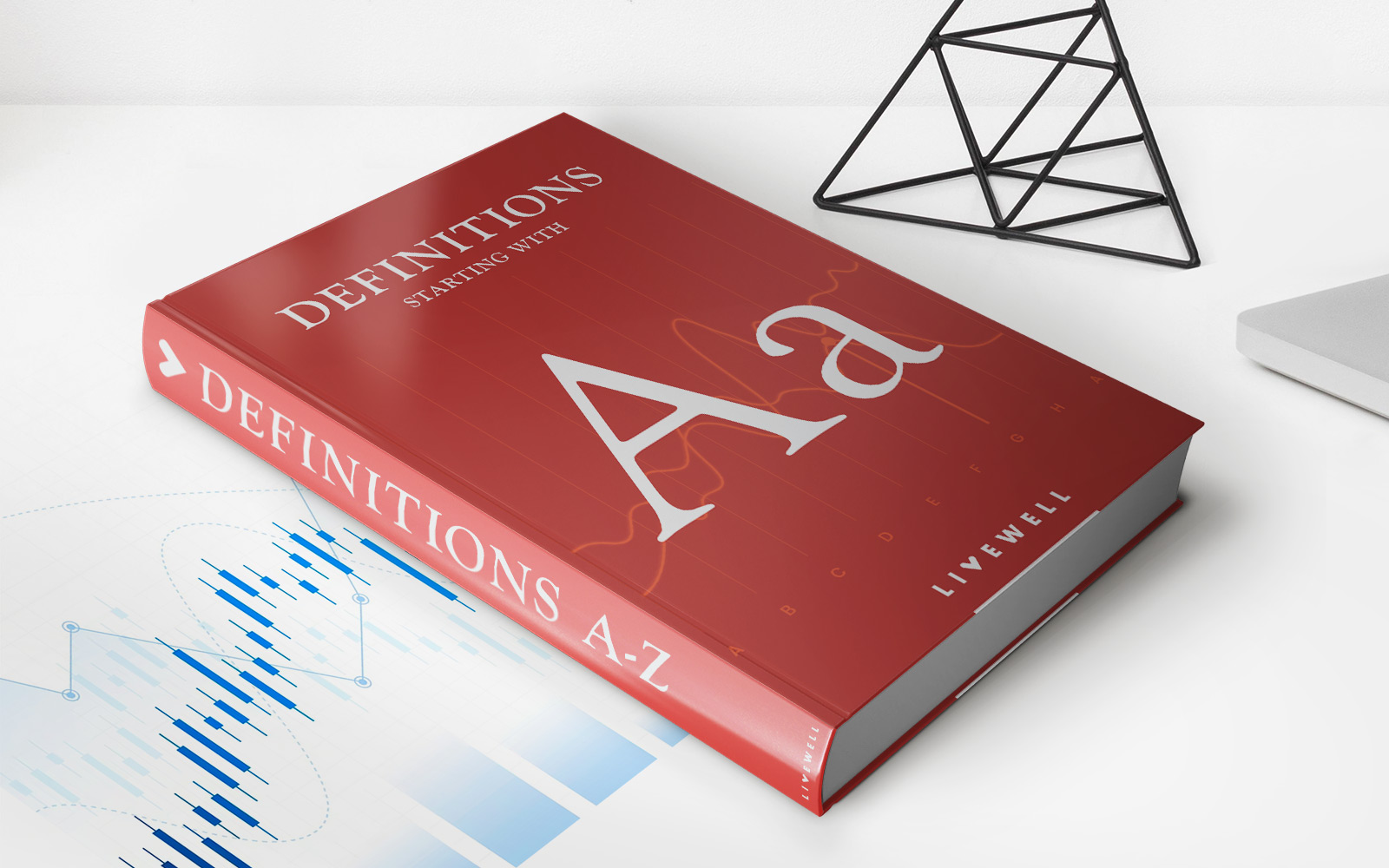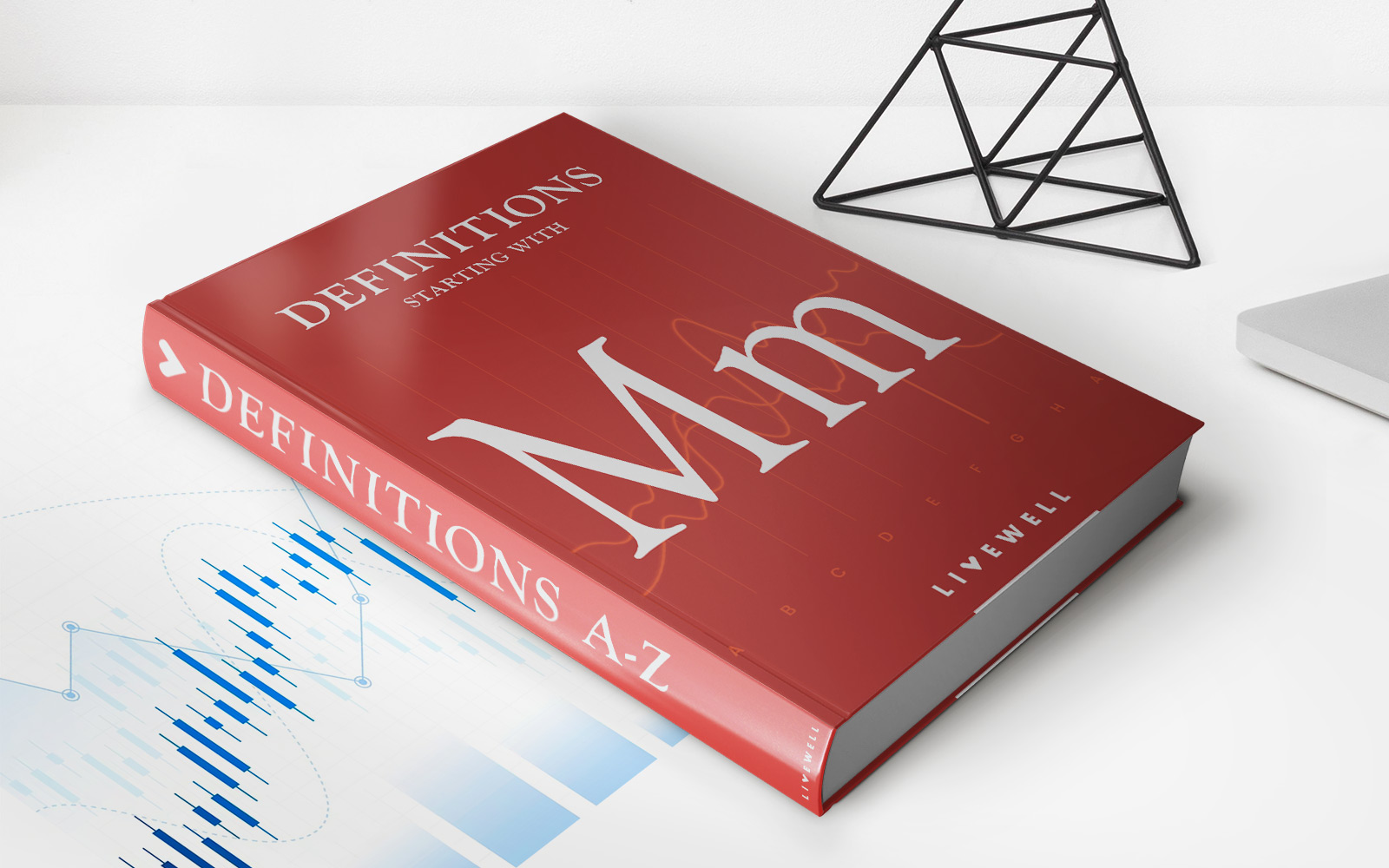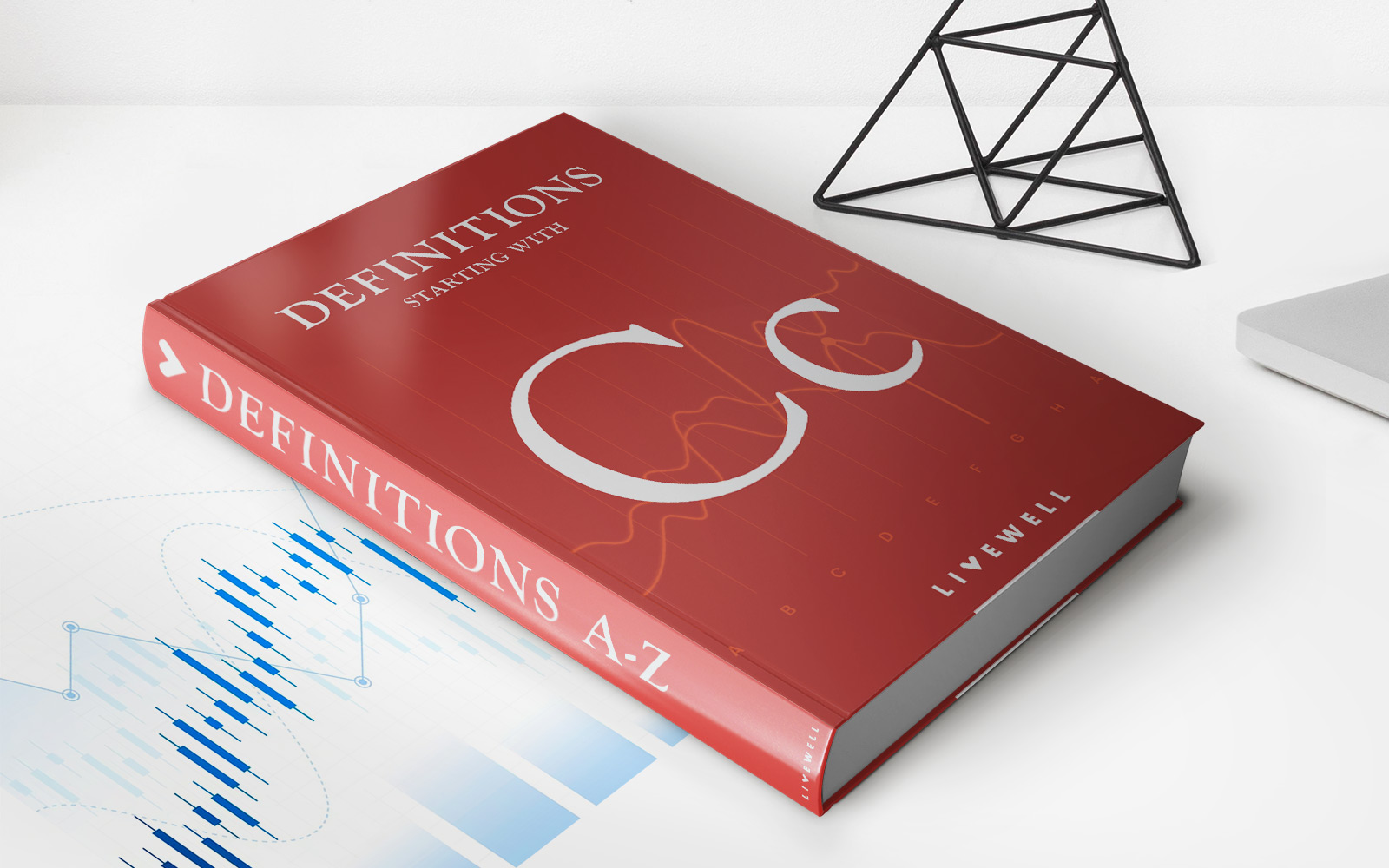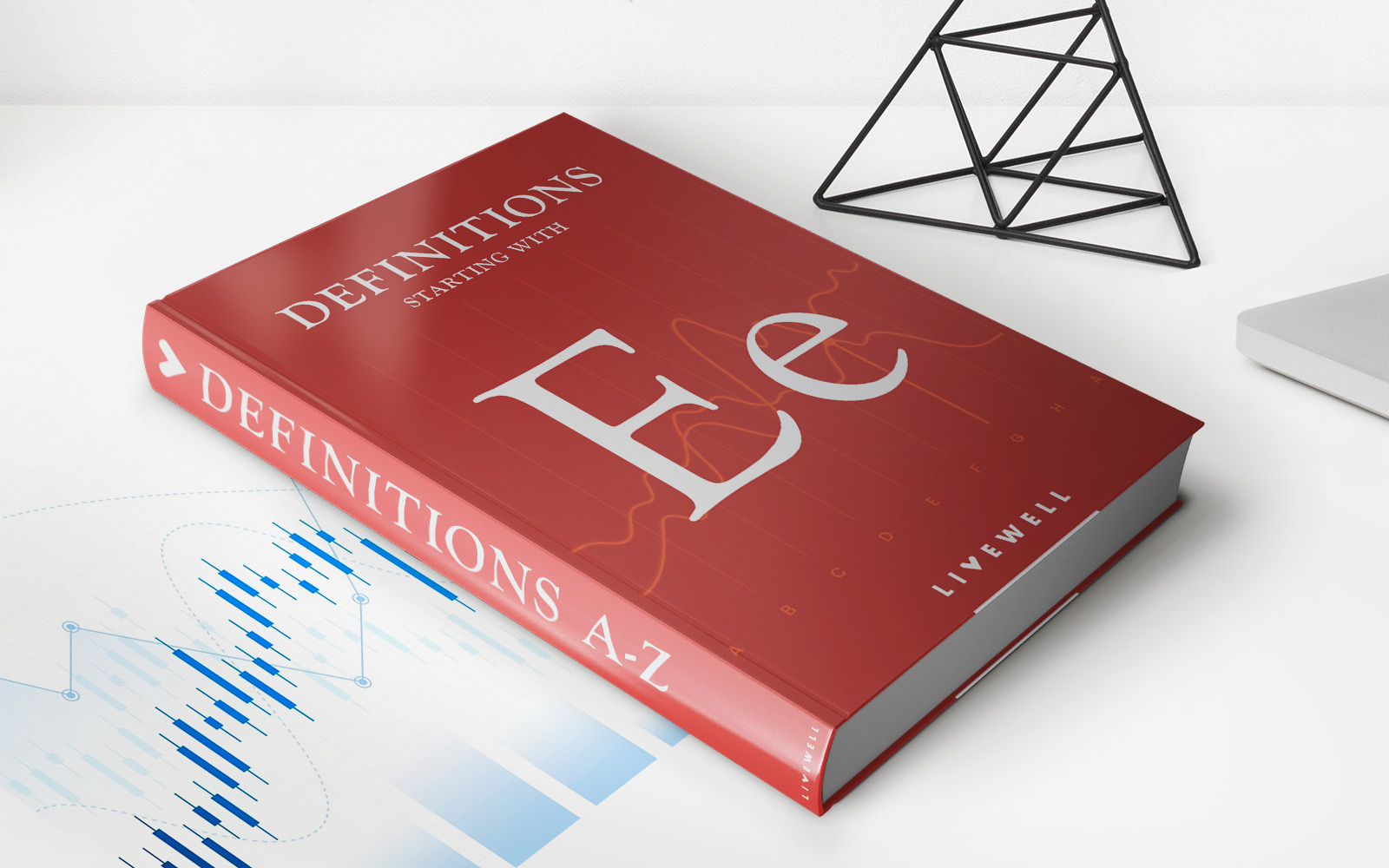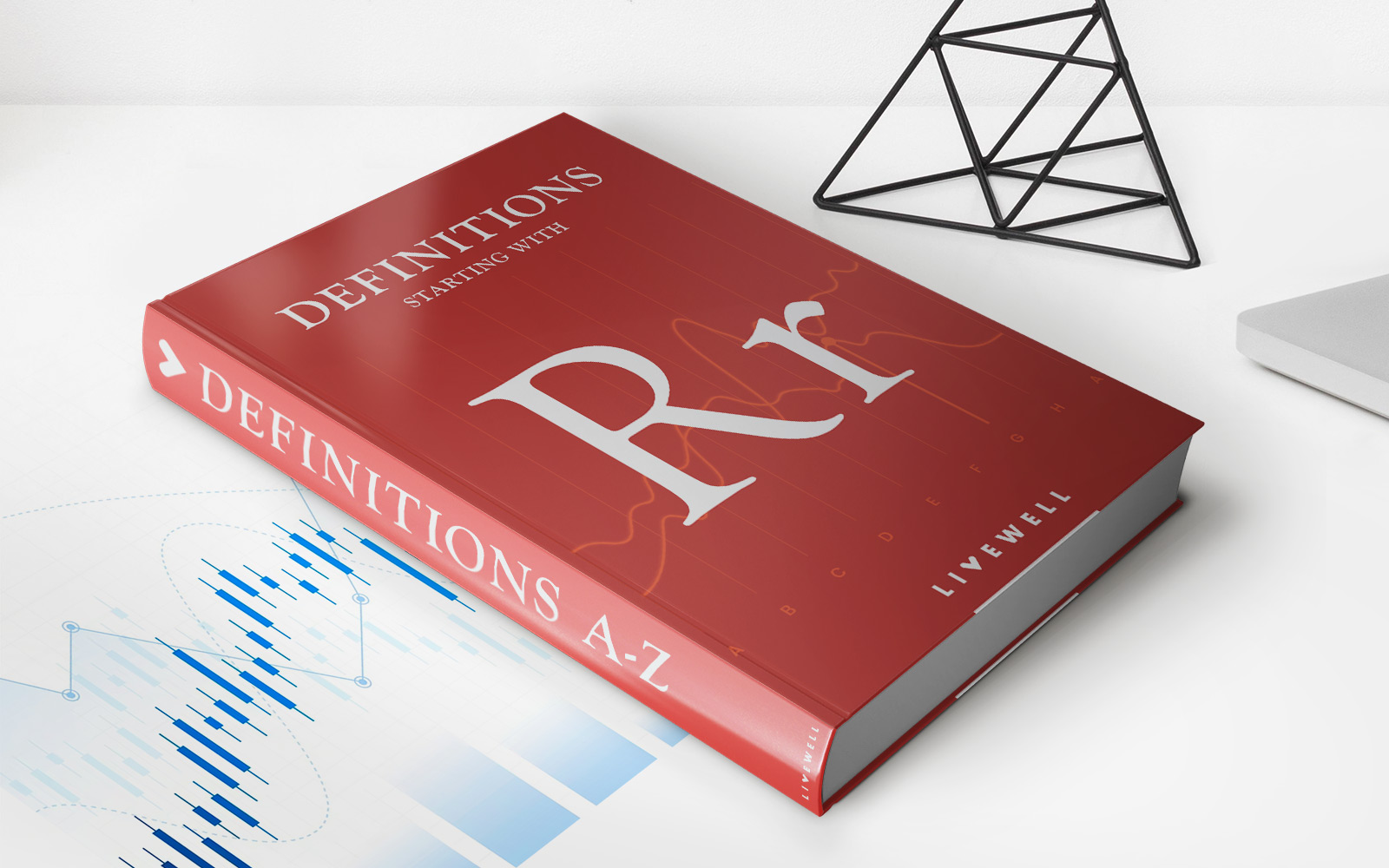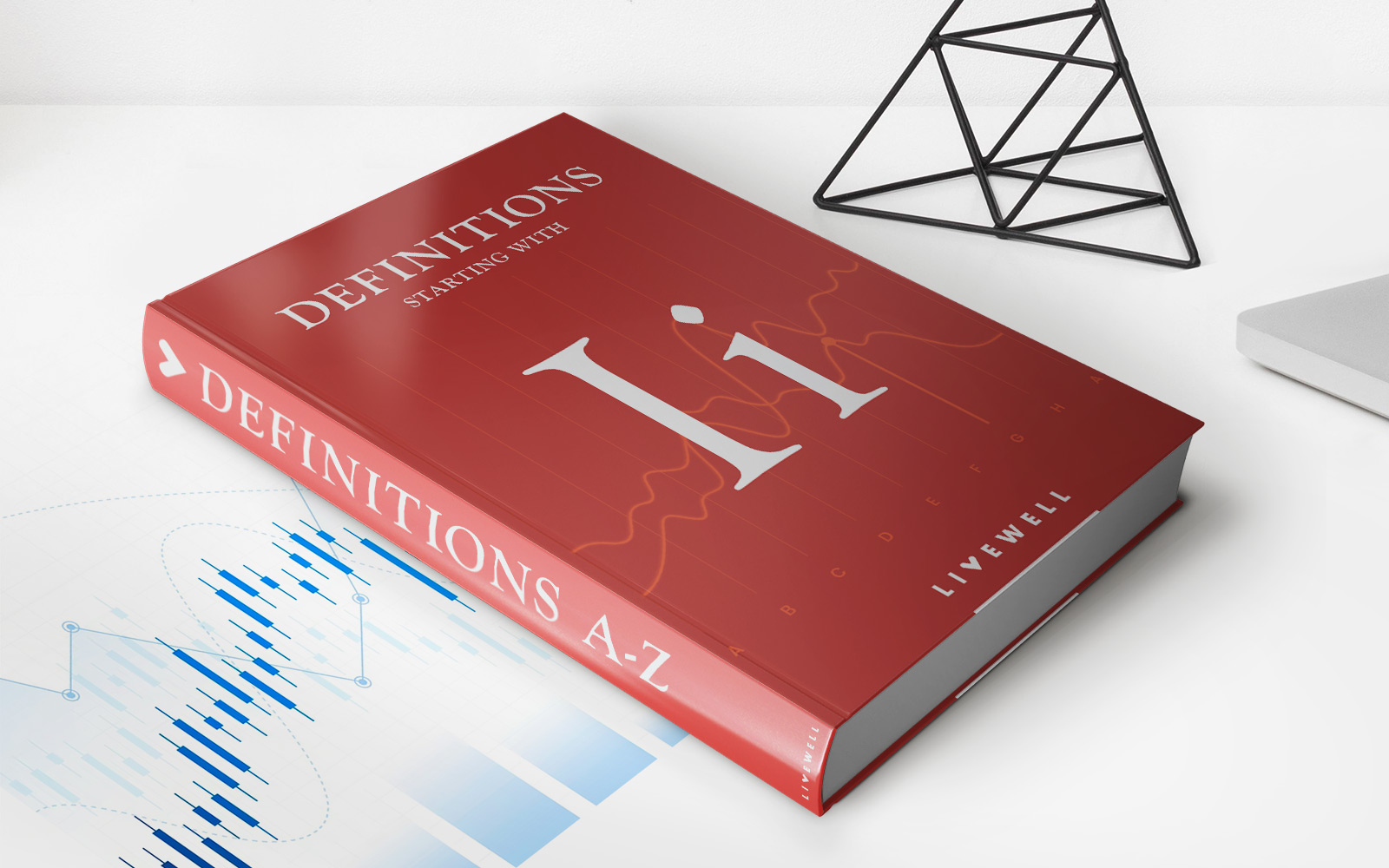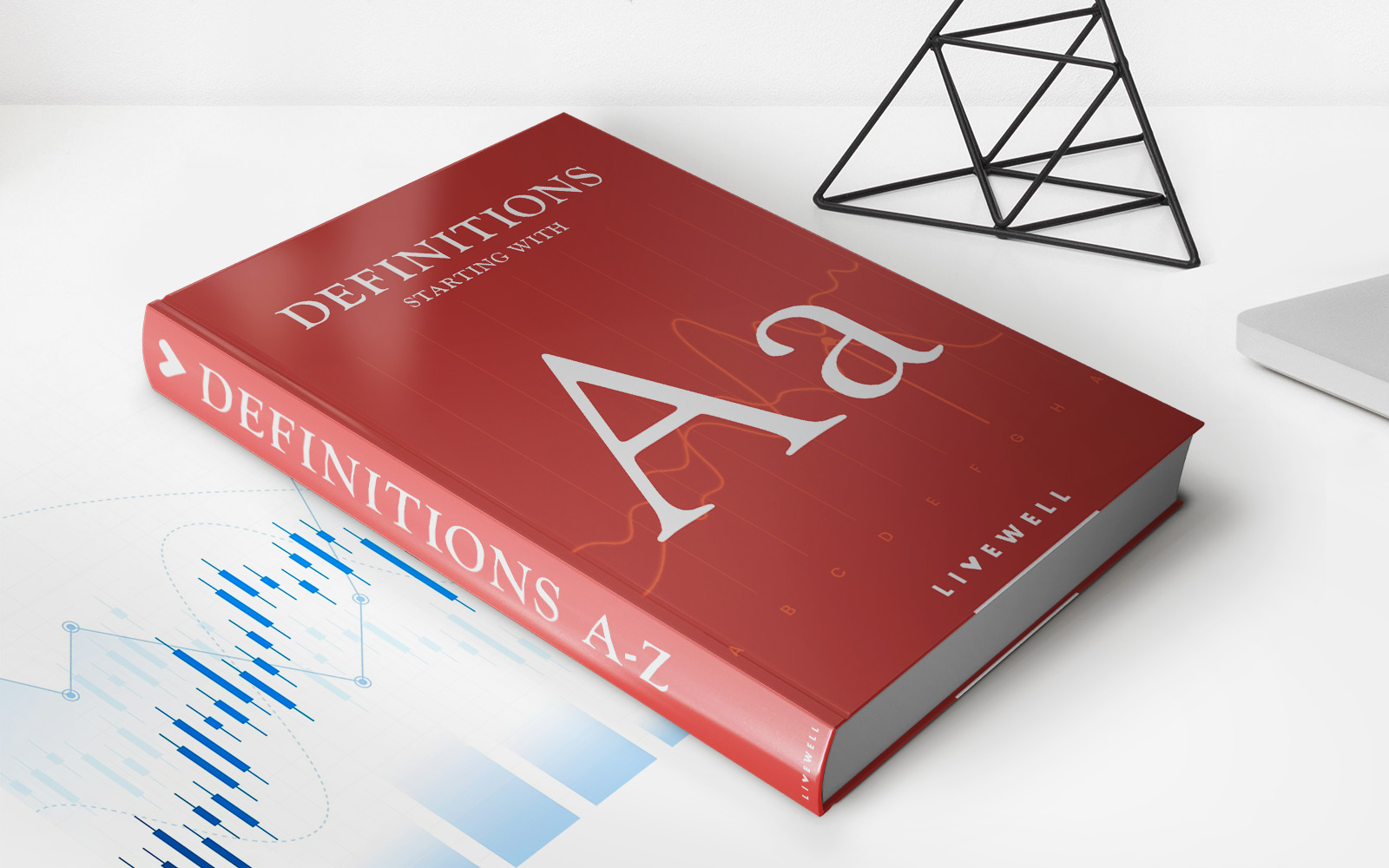Home>Finance>Human-Life Approach: Definition, Value Calculation, Example


Finance
Human-Life Approach: Definition, Value Calculation, Example
Published: December 6, 2023
Learn how to apply the human-life approach in finance, including its definition, value calculation methods, and an illustrative example.
(Many of the links in this article redirect to a specific reviewed product. Your purchase of these products through affiliate links helps to generate commission for LiveWell, at no extra cost. Learn more)
Human-Life Approach: Definition, Value Calculation, Example
Welcome to our Finance blog category! In today’s post, we dive into an interesting topic that often gets overlooked in traditional financial discussions – the Human-Life Approach. Have you ever wondered how to calculate the value of a human life or how this approach can be applied in real-life scenarios? Well, you’re in the right place! In this article, we’ll explore the definition of the Human-Life Approach, discuss its value calculation methodology, and provide a compelling example to illustrate its practicality. So sit back, relax, and let’s get started!
Key Takeaways:
- The Human-Life Approach aims to calculate the economic value of an individual’s life by considering various factors such as potential income, future earning capacity, and intrinsic value to society.
- This approach helps in making informed decisions regarding insurance, compensation, governmental policies, and resource allocation.
What is the Human-Life Approach?
The Human-Life Approach is a concept that assigns a monetary value to human life using a structured methodology. While it may seem unconventional to put a price tag on something as invaluable as life, this approach provides a framework for decision-making, particularly in areas such as insurance, compensation, and resource allocation.
The Human-Life Approach takes into account multiple factors that contribute to an individual’s economic value. These factors include potential income, future earning capacity, education level, occupation, and the intrinsic value they bring to society. By quantifying these aspects, the approach aims to provide a foundation for determining an individual’s worth in monetary terms.
Calculating the Value of Human Life
The methodology utilized to calculate the value of a human life under the Human-Life Approach involves a combination of quantitative and qualitative analysis. While assigning a precise value is challenging due to the subjective nature, it still serves as a helpful tool for various purposes. Here are some fundamental steps involved in the calculation:
- Evaluating Potential Income: One aspect of assessing an individual’s value is considering their potential income throughout their lifetime. This includes factoring in education, skills, experience, and the future earning capacity that would have been realized had they continued living.
- Intrinsic Value: The Human-Life Approach recognizes that people have intrinsic value to society beyond their earning potential. This aspect considers the contributions an individual makes through their work, creativity, and impact on others.
- Adjusting for Risks: A person’s potential income and value may be adjusted based on associated risks such as occupation, lifestyle choices, and health conditions that could impact their longevity.
- Discounting Future Earnings: Future earnings are discounted to present value to account for the time value of money. This ensures that the calculation reflects the economic reality of today rather than speculative future scenarios.
An Example of the Human-Life Approach
Let’s consider a hypothetical example to understand the Human-Life Approach better. Suppose we have an individual named Alex, who had an annual income of $50,000, projected to increase by 3% annually. Based on calculations and considering other relevant factors, including future earning capacity, occupation risks, and intrinsic value to society, it is determined that Alex’s economic value amounts to $2.5 million over the course of their lifetime.
In practical scenarios, the Human-Life Approach can play a crucial role, such as when insurance companies need to evaluate policies or when courts need to assess compensation for damages caused by a wrongful death. By leveraging this approach, decision-makers can make informed choices that consider the value of human life in monetary terms, ultimately helping individuals and society as a whole.
In conclusion, the Human-Life Approach provides a framework for calculating the economic value of a human life by considering various factors such as potential income, future earning capacity, and intrinsic value to society. While assigning a precise monetary value may be challenging, this approach facilitates decision-making in various areas, including insurance, compensation, and resource allocation. By understanding the significance of this methodology, we can pave the way for informed decisions that impact individuals and society.




